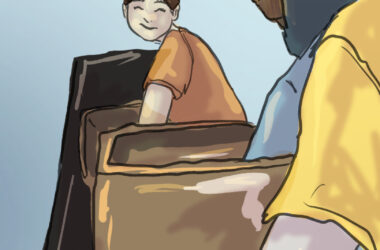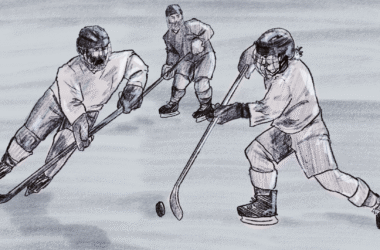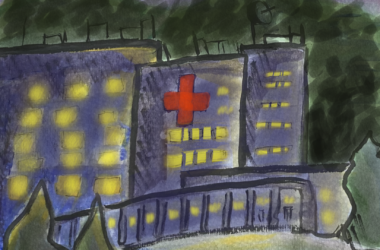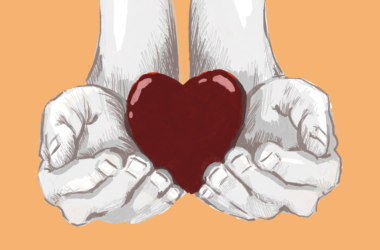Parkinson’s disease (PD) results from the progressive loss of specific brain cells responsible for movement. As these neurons deteriorate, patients experience tremors and difficulty with balance and coordination. Although treatments can alleviate specific symptoms, nothing slows the progression of the disease. Projections estimate that by 2031, approximately 163,000 Canadians will[Read More…]
Research Briefs
The McGill Engine Centre’s 11th annual innovation celebration
On the rainy evening of Nov. 27, the McGill Engine Centre hosted its 11th annual celebration of innovation and entrepreneurship at the Redpath Museum. The event highlighted the students, faculty, and researchers who applied innovative tech solutions to real-world problems with the help of Engine. In an interview with The[Read More…]
Do good, feel good: Volunteering and its potential benefits to youth mental health
What if youth engagement in civic activities—volunteering, activism, and advocacy—did more than help communities? What if it also improved the mental health of volunteers? While traditional approaches to mental health include psychotherapy, cognitive behavioural therapy, and pharmacological treatments, some McGill researchers are exploring how civic involvement can contribute to positive[Read More…]
The cooling power of wetlands: Climate benefits in Canada’s prairies
Amid rising global temperatures and intensifying heatwaves, wetlands are among Earth’s essential natural defences. However, Canada’s Prairie Pothole Region (PPR) ecosystems are under threat from decades of drainage and agricultural expansion that have turned much of the landscape into cropland. This shift reduces their capacity to store carbon and regulate[Read More…]
The cost of silence: How occupational therapy institutions have failed Palestinians
In the face of the Palestinian genocide, Canadian occupational therapy institutions have largely remained silent. This institutional silence has deeply affected many practitioners, who must navigate both ethical responsibilities and moral obligations. To challenge this lack of a clear institutional stance, Hiba Zafran, assistant professor in McGill’s School of Physical[Read More…]
Sex-specific autonomic signatures of tonic pain
The subjective experience of pain varies drastically between people, but subjective measures of pain correlation provide an important understanding of its underlying mechanisms. Emerging literature on pain points to a relationship between muscle sympathetic nerve activity (MSNA)—a measure of how active the sympathetic nervous system is while signalling blood vessels[Read More…]
Trust your gut: How your gut microbiota uses the foods you eat to prevent disease
Hidden deep within the human digestive tract lies a dynamic and complex population: The gut microbiota, a community of over 100 trillion microbial cells that influence the body far beyond digestion. Consisting of bacteria, viruses, eukaryotes, and archaea, a diverse microbiota has been shown to have many beneficial health effects,[Read More…]
Stop-and-go: How male and female hockey players move differently
Hockey is a key component of Canadian culture, as it is our national sport and a great source of joy and pride. Whether played competitively, in gym class, or just for fun on a frozen lake, hockey unites players across the country. Yet despite its importance to many across various[Read More…]
Designing culturally safe interventions in obstetrics
Sept. 28, 2025, marks five years since the death of Joyce Echaquan, a 37-year-old Atikamekw woman who died of pulmonary edema—fluid accumulation in the lungs—due to medical negligence in a northern Montreal hospital, Centre Hospitalier de Lanaudière. Joyce livestreamed the persistent mistreatment and discrimination she endured while seeking medical attention,[Read More…]
New scoping review maps Indigenous harm reduction, barriers, and gaps
Indigenous Peoples across North America and Oceania experience higher rates of drug-related harm than other populations. These harms are shaped both by the historical and ongoing impacts of settler colonialism. While Indigenous Peoples in these regions are often willing to access health services that reduce the risks of drug use,[Read More…]












